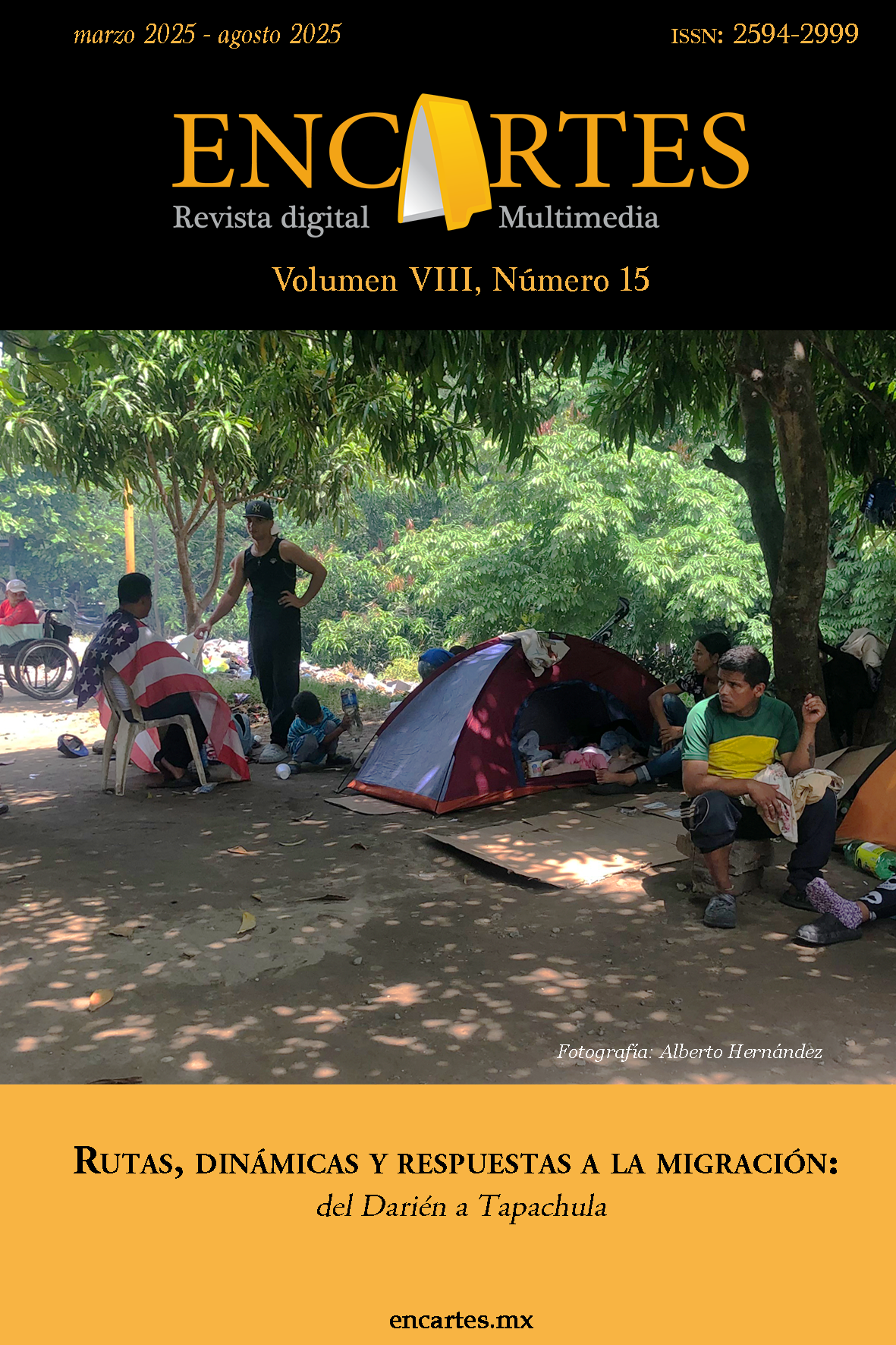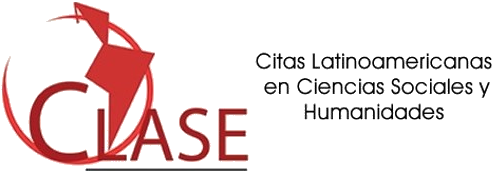Between Transit And Settlement: The Ethnographic Survey As A Methodological Tool For The Study Of Recent Venezuelan Immigration To Costa Rica
DOI:
https://doi.org/10.29340/en.v8n15.398Keywords:
venezuelans, methodology, immigrants, ethnographic survey, social mediaAbstract
In recent years, Venezuelan migration to many Latin American countries has turned some cities in the region into places of transit and migratory stay. The objective of this article is to show the methodological and empirical contribution of the Ethno-survey of recent immigration in host contexts (LAMP-ENIR) 2021), focused on knowing the living conditions and migratory, labor and social history of people arriving to a country. The challenges and advantages of an interdisciplinary, longitudinal and multilevel project to access migrant populations in a city are discussed and made visible through the analysis of Venezuelans in San José, Costa Rica, where family adjustments, social networks and the migratory project are examples of the migratory complexity rarely shown in censuses and surveys.
Downloads
References
Giorguli, Silvia, David Lindstrom, Jéssica Nájera, Victoria Prieto, Clara Márquez y Miguel Amaro (2023). Plataforma de Datos Territoriales para la Integración de Inmigrantes. Etnoencuesta de inmigración reciente en contextos de acogida latinoamericanos, lamp-enir 2021. Ciudad de México. https://mmplamp.colmex.mx/wp-content/uploads/informe-de-resultados-lamp-emir-2021.pdf
Freitez, Anitza (2019). “Crisis humanitaria y migración forzada desde Venezuela”, en Luciana Gandini, Fernando Lozano y Victoria Prieto (eds.). Crisis y migración de población venezolana. Entre la desprotección y la seguridad jurídica en Latinoamérica. México: unam, pp. 33-58. https://www.sdi.unam.mx/docs/libros/SUDIMER-CyMdPV.pdf
Heckathorn, Douglas D. (1997). “Respondent-Driven Sampling: A New Approach to the Study of Hidden Populations”, Social Problems, 44(2), pp. 174-199. https://doi.org/10.2307/3096941
Instituto Nacional de Estadística (INE) (2013). Venezuela. Proyección de la población, según entidad y sexo, 2000-2050 (año calendario). Caracas: Gobierno Bolivariano de Venezuela. http://www.ine.gob.ve/index.php?option=com_content&view=category&id=98&Itemid=51
Instituto Nacional de Estadística y Censos (INEC) (2016). Resultados generales del x Censo Nacional de Población y vi de Vivienda 2011. San José. https://admin.inec.cr/sites/default/files/media/repoblaccenso2011-16_2.pdf
Koechlin, José, Joaquín Rodríguez y Cecilia Estada (coords.) (2021). Inserción laboral de la inmigración venezolana en Latinoamérica. Madrid: obimid. https://dialnet.unirioja.es/servlet/libro?codigo=831513
Massey, Douglas (1987). “The Ethnosurvey in Theory and Practice”, International Migration Review, vol. 21, núm. 4, pp. 1498-1522. https://doi.org/10.2307/2546522
—, Rafael Alarcón, Jorge Durand y Humberto González (1987). Return to Aztlán: The Social Process of International Migration from Western Mexico. Berkeley: University of California Press.
— y Chiara Capoferro (2006). “La medición de la migración indocumentada”, en Alejandro Portes y Josh De Wind (coords.). Repensando las migraciones. Nuevas perspectivas teóricas y empíricas. México: Miguel Ángel Porrúa/UAZ/ Instituto Nacional de Migración, pp. 269-299.
Nájera, Jessica (2022). “Procesos de establecimiento de migrantes latinoamericanos recientes en la Ciudad de México: el trabajo como un medio esencial, Notas de Población, 49 (114), pp. 129-151.
Organización Internacional para las Migraciones (OIM) Costa Rica (2023). Contexto migratorio en Costa Rica y últimas tendencias. Reporte de situación. Febrero. https://costarica.iom.int/sites/g/files/tmzbdl1016/files/documents/202305/resumen_mig_cr_02_2023.pdf
Plataforma de Integración para Refugiados y Migrantes de Venezuela (2023). Refugiados y migrantes de Venezuela. Plataforma de Coordinación Interagencial para Refugiados y Migrantes, R4V. Recuperado el 3 de diciembre de 2024. https://www.r4v.info/es/refugiadosymigrantes
Valero, Mario (2018). “Venezuela, migraciones y territorios fronterizos”, Línea Imaginaria, 6(3), pp. 1-24.
Vivas, Leonardo y Tomás Páez (2017). The Venezuelan Diaspora, Another Impending Crisis? Washington: Freedom House Report.
Downloads
Published
Issue
Section
License
Copyright (c) 2025 Encartes

This work is licensed under a Creative Commons Attribution-NonCommercial 4.0 International License.
Aviso de derechos de autor
- Los autores/as conservan los derechos de autor y ceden a la revista el derecho a la primera publicación con el trabajo registrado con la licencia de atribución Creative Commons, que permite a terceros utilizar lo publicado siempre que mencionen la autoría del trabajo y a la primera publicación en esta revista
- Los autores/as pueden realizar otros acuerdos contractuales independientes y adicionales para la distribución no exclusiva de la versión del artículo publicado en esta revista (por ej. Incluirlo en un repositorio institucional o publicarlo en un libro) siempre que indiquen claramente que el trabajo se publicó por primera vez en esta revista.
El material puede ser copiado, distribuido, comunicado, ejecutado públicamente. Se pueden hacer obras derivadas de él. No se puede utilizar para fines comerciales. Se debe reconocer y citar la obra de la forma en que tú especifiques.










